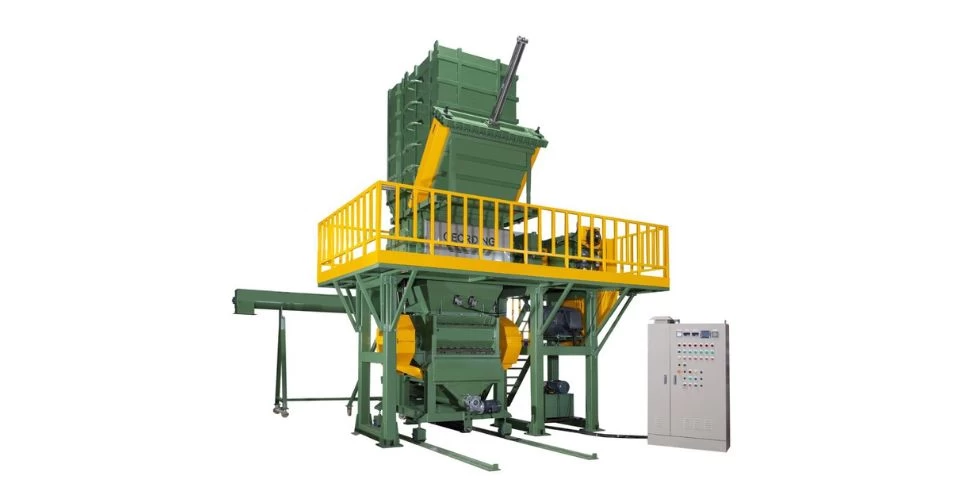In high-stakes industries like semiconductors and specialty chemicals, waste isn’t just waste—it’s regulated, confidential, and often hazardous. Recycling HDPE chemical drums from these sectors demands more than just mechanical force; it requires engineered precision. This article dives into how specialized HDPE recycling machines are helping processors handle complex materials without compromising security, efficiency, or environmental goals.
What Is an HDPE Recycling Machine?
In industries where HDPE waste includes rigid, contaminated, or sensitive items like chemical drums, the recycling machine must do more than just melt plastic—it must ensure reliability, purity, and safety.
An HDPE recycling machine is an integrated system designed to convert high-density polyethylene (HDPE) waste into clean, reusable pellets—typically as part of a complete Plastic Recycling Production Line for post-industrial or post-consumer waste. These machines typically process post-industrial or post-consumer HDPE materials—such as bottles, containers, chemical drums, and rigid packaging—through a series of coordinated steps.
A standard HDPE recycling line generally includes:
-
Shredder or Crusher:
Breaks down bulky plastic into manageable flakes.
-
Washing System:
Removes labels, dirt, oil, or chemical residue from the plastic surface.
-
Drying Unit:
Ensures moisture is eliminated before extrusion.
-
Extruder with Custom Screw Design:
Melts and homogenizes plastic flakes for consistent flow.
-
Pelletizer:
Forms melted HDPE into uniform recycled granules.
-
Smart Control System (optional):
Enables remote monitoring, carbon tracking, and production optimization.
While some machines are built for clean, uniform waste streams, advanced systems are designed for more complex materials—offering modular upgrades like deeper washing tanks, corrosion-resistant parts, or intelligent process control.
The right HDPE recycling machine not only improves pellet quality but also enhances operational stability, particularly for processors handling difficult materials like chemical drums or multilayer HDPE waste.
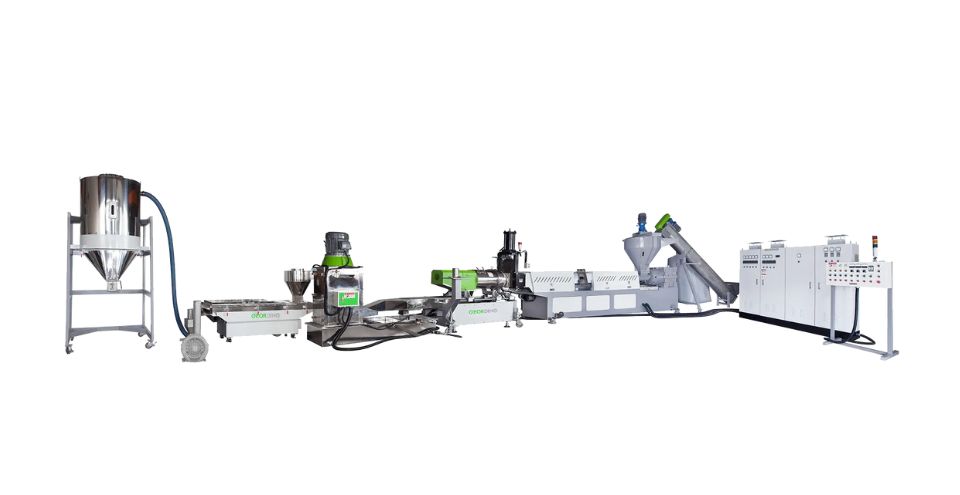
Why HDPE Recycling Isn’t Always Straightforward
HDPE (High-Density Polyethylene) is used across a wide variety of products, from soft packaging films to rigid household bottles and industrial chemical barrels. While all are technically HDPE, they behave very differently in a recycling environment:
- Flexible film scraps are light, clean, and easy to melt.
- Post-consumer bottles often contain dirt, oil, or labels.
- Chemical drums present thick walls, residual solvents, and melting inconsistencies.
But not all HDPE waste behaves the same way during recycling—and not all machines are equipped to deal with it. Most standard HDPE recycling machines are engineered for clean, uniform input material—usually post-industrial scraps from film and bag manufacturers. When faced with harder-to-process items like cylindrical barrels or contaminated drums, these systems struggle with jamming, uneven melting, or lower output quality.
Three Common Challenges in HDPE Recycling
To better understand why conventional systems fall short, let’s look at the three most common technical barriers faced by HDPE recyclers:
1. Shape and Feed Difficulty
Rigid barrels, especially round ones, are hard to grip and feed consistently. Without design adjustments, they tend to jam or rotate freely inside conventional shredders.
2. Contamination and Chemical Residue
Post-industrial drums often contain chemical traces, which demand stronger washing and corrosion-resistant equipment.
3. Melting Performance
Certain HDPE compounds (used for chemical resistance) have higher melt viscosity or poor flow characteristics, which can overwhelm standard screw designs and reduce the quality of recycled HDPE granules.
How Smart Design Overcomes These Challenges
Fortunately, these obstacles can be overcome through engineering—especially when recycling systems are designed with specific materials in mind.
1. Shredder Engineering for Difficult Shapes
Some recycling systems now feature a specialized infeed angle that ensures cylindrical drums are correctly positioned and consistently cut, even under high loads. This modification solves a major limitation of generic shredders.
Geording’s HDPE recycling machines are equipped with angled feeder design and anti-slip gripping systems to handle hard-to-feed chemical drums efficiently, reducing jamming and downtime.
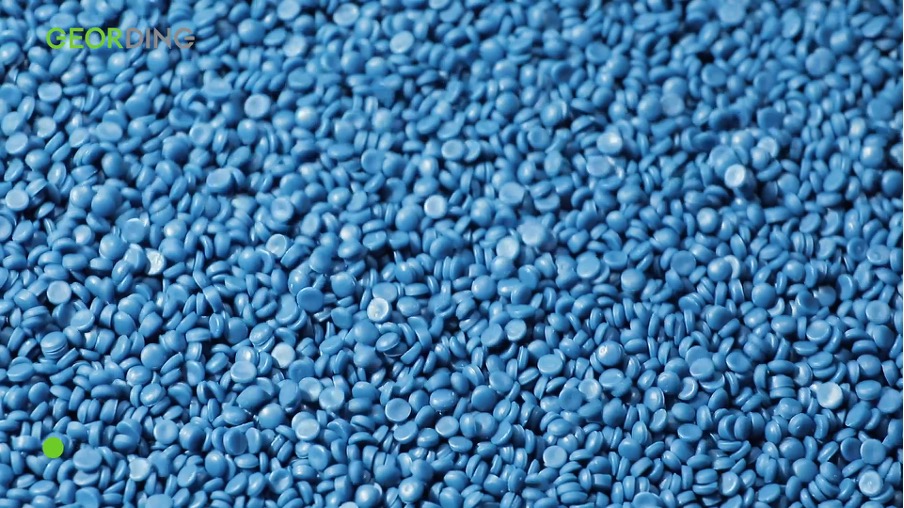
2. Custom Screw Design for Material Adaptation
While many systems use standard screw geometries, in-house design capabilities allow for customized screws tuned for specific material behaviors. This ensures stable pressure, efficient melting, and better pellet quality—especially for hard-to-melt HDPE grades like chemical barrels and other forms of reprocessed HDPE.
Geording develops proprietary screw designs based on actual material characteristics, enabling clients to process high-viscosity or multi-layer HDPE waste with consistent melt flow and pellet uniformity.
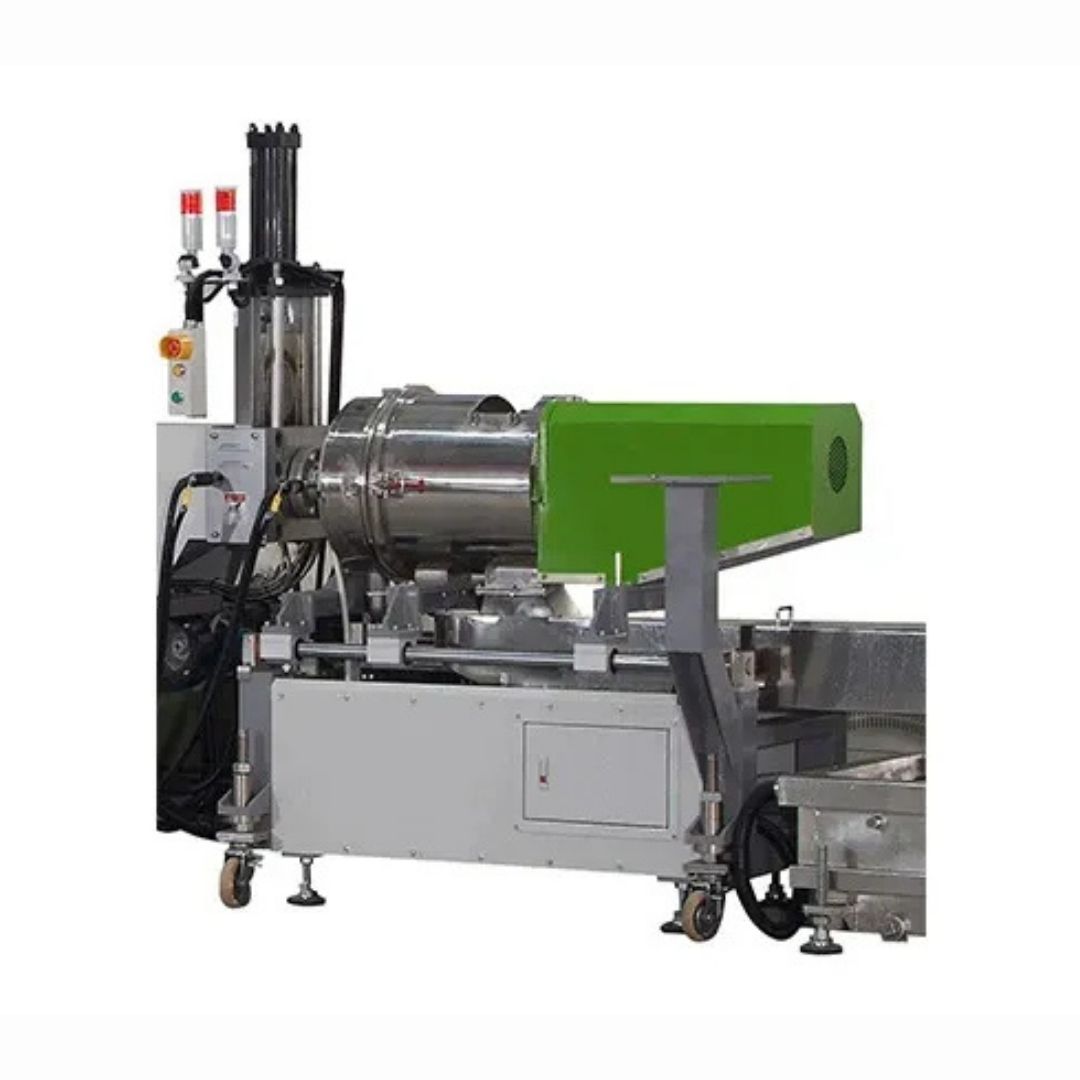
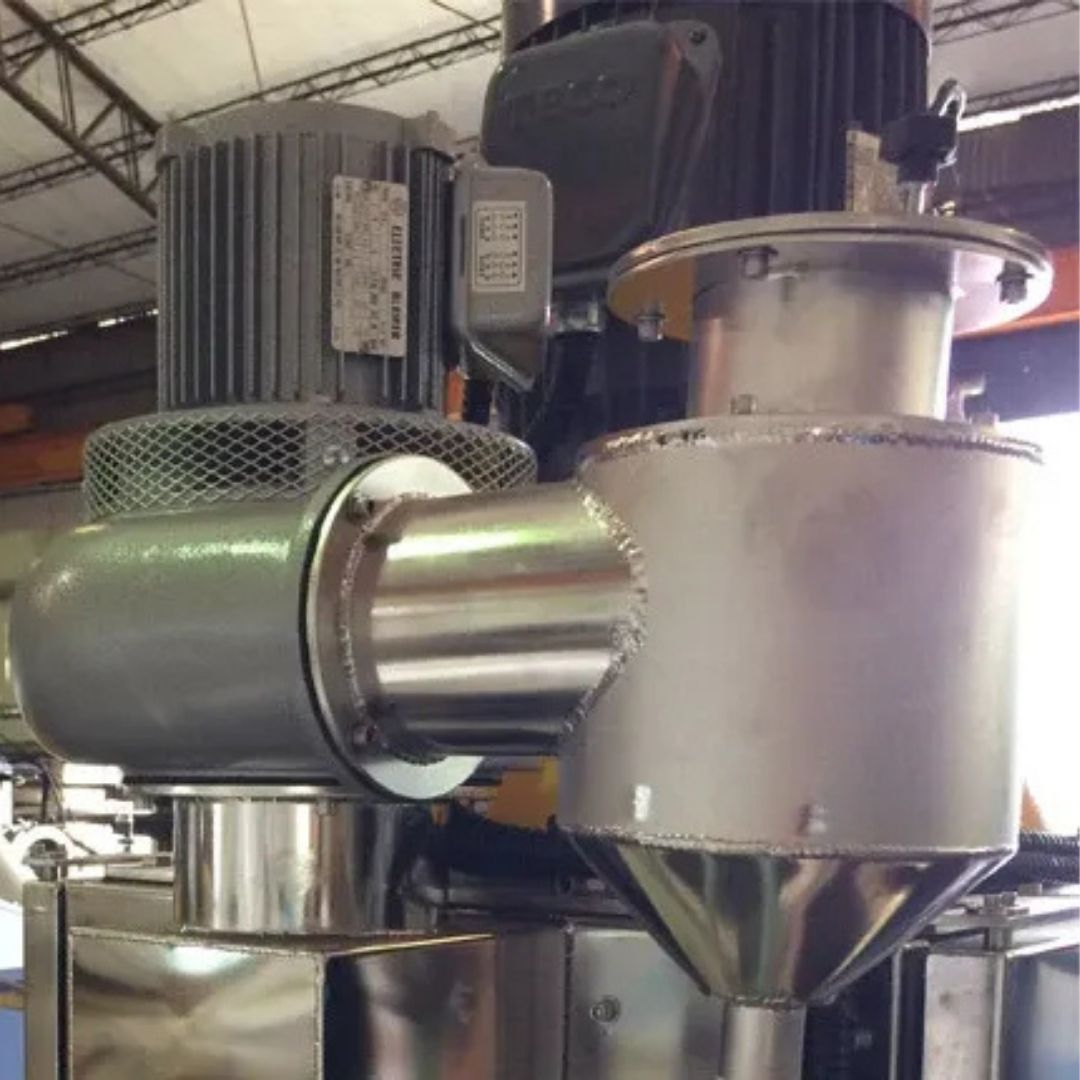
3. Smart Monitoring with Carbon Footprint Tracking
Advanced machines now incorporate remote monitoring modules and energy analytics. Some systems automatically calculate hourly CO₂ emissions and track output-per-energy-unit to support ESG targets, factory carbon audits, and PCR HDPE certification requirements.
Geording integrates intelligent control modules that allow operators to monitor production status, energy consumption, and emission data in real time—supporting traceability, certification, and smarter energy management.
Turning Design into Results: Case Examples
These design principles are not just theoretical. In fact, they’ve already been applied successfully in real-world settings.
Case 1: Confidential Chemical Drums for a High-Tech Client
A leading high-tech company in East Asia, involved in semiconductor manufacturing, required a recycling line capable of handling chemical barrels used for sensitive processes. These barrels contained confidential materials and were notoriously difficult to melt. The client had previously approached multiple suppliers—including low-cost options and manufacturers from China—but encountered frequent machine downtime and poor performance. Geording collaborated directly with the recycler to custom-design a new HDPE recycling line. The solution included an angled shredder inlet for cylindrical drum handling, corrosion-resistant washing systems, and a custom screw configuration. The result: stable, secure recycling of high-specification chemical barrels, without production interruptions.
Case 2: Expanding HDPE Recycling Capacity in Malaysia
A large Malaysian plastics recycler already operated 15 recycling lines for PP and PE materials. Responding to market demand for HDPE recyclates, the company sought to expand into this segment but required a system capable of handling more challenging material forms. Geording supplied a tailored HDPE recycling machine, optimized for consistent pellet production from industrial HDPE waste. The new line integrated seamlessly with their existing operations and marked their successful entry into HDPE recycling, reinforcing their leadership in the region.
Choosing the Right Machine for Your HDPE Waste
Selecting the right HDPE recycling machine requires understanding the recycling process and matching it to your material’s behavior—especially when integrating it into a broader Plastic Recycling Line that may process multiple types of plastic waste. To help you apply similar thinking to your own operations, here’s a simple guide to matching HDPE waste types with machine features:
| HDPE Waste Type | Key Challenges | Recommended Design Features |
|---|---|---|
| Clean film scraps | Thin, flexible, low contamination | Standard cutter + basic extrusion system |
| Post-consumer bottles | Dirt, labels, oil | Friction washer, filtration, auto screen changer |
| Industrial chemical drums | Thick, round, contaminated, hard to melt | Special shredder angle + custom screw + deeper wash |
| Mixed packaging waste | Varied melt behavior and shapes | Modular line, melt monitoring, screw adaptability |
Understanding these distinctions is the first step—selecting a system designed to handle them is the next.
Smarter Recycling Starts with Smarter Design
Whether you’re running a high-volume recycling plant or managing regulated industrial waste like HDPE chemical drums, your equipment should match your material. A purpose-built HDPE recycling machine ensures not just better output—but a competitive edge in a sustainability-driven market.
If you're facing difficulties with HDPE barrels or mixed plastics, it’s worth evaluating whether your current system is truly built for the task. Material-specific customization is no longer a luxury—it’s the key to recycling success.
Looking for a recycling solution that fits your materials, not the other way around?
Contact the Geording team to discuss your production challenges, request a tailored proposal, or explore how our engineered recycling systems can improve your process efficiency and pellet quality.
